
Just over the Tākaka Hill from Motueka lies the little bit of paradise that is Golden Bay/Mohua. With beautiful sandy beaches, quiet, pristine bays, enough nature and wildlife to satisfy any nature lover, and vibrant artistic communities, it’s a place that’s well worth a proper visit – not just the day … which is all we have to spare. I was last over here in 2014 while on a mini road trip with a friend and have wanted to come back and show Grant ever since.


There are two bays at the top of the South Island west of Nelson – Tasman Bay / Te Tai-o-Aorere and Golden Bay / Mohua. The one we’re talking about today – Golden Bay/Mohua, west of the Abel Tasman National Park – hasn’t always been known by such a lovely name.
In 1642 Abel Tasman named the area Murderers Bay after four of his crew were killed there in a clash with local Maori.
Then when Captain James Cook sailed by in 1770, he thought the two bays were simply one and labelled it ‘Blind Bay’, believing it to be Tasman’s Murderers’ Bay. On his next voyage in 1773, he referred to only the eastern bay (what is now known as Tasman Bay / Te Tai-o-Aorere as ‘Blind Bay’.
If Murderers Bay was bad, what came next was worse. For a time it was known, thanks to a French explorer Jules Dumont D’Urville, as the very descriptive Massacre Bay – another name that wouldn’t score highly on a travel brochure.
When, in the 1840s, coal was discovered on a beach in the region there was a (thankfully unsuccessful) push to rename it (wait for it) Coal Bay. Personally I think it shows just how desperate people were to lose the massacre connection.
It wasn’t until the 1850s when gold was discovered that the more appealing moniker Golden Bay was adopted. Then in 2014 the names Tasman Bay / Te Tai-o-Aorere and Golden Bay / Mohua were made official by two acts under the Treaty of Waitangi settlements.
Tākaka Hill
Because of its winding nature Tākaka Hill, also known as Pikikirunga Range, separates Golden Bay not just from the more populous towns to the southeast, but also the rest of the South Island. Before the road went in in the late nineteenth century the only access to the region was by boat. In more recent years when natural disasters have damaged the road, the only access was again by sea.
With 257 corners, some almost 320-degree hairpins, and some seriously steep bits this is one of those drives that take every bit of a driver’s concentration. Thankfully Grant was behind the wheel.
We stopped at the top of the saddle and took the short track to Hawkes Lookout. It’s an easy 10-minute walk and you’re rewarded with massive views. Because we’re here in summer there are plenty of wildflowers out (ok, some may call them weeds) and the bush is alive with cicadas.
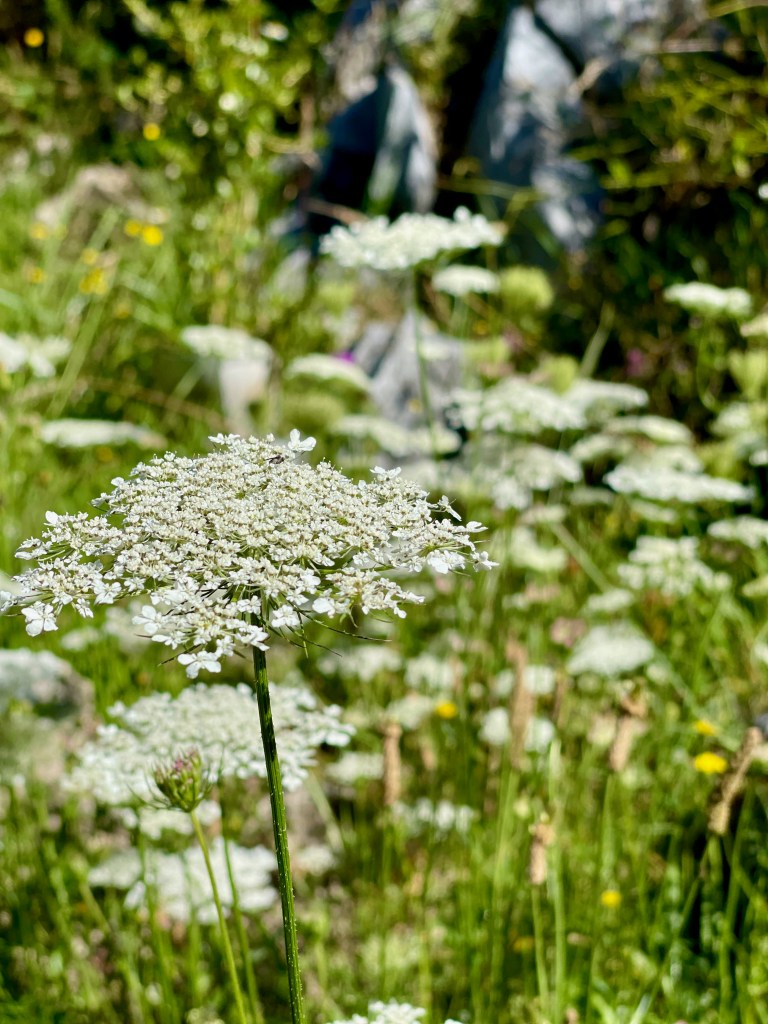



On the way back there’s another lookout that overlooks the bay but we were in a hurry to meet some alpacas (see below) so didn’t stop. The collage below was taken from both lookout stops in 2014.
Te Waikoropüpü or Pupu Springs
Just a few kms north of Takaka on the road to Collingwood lies Te Waikoropüpü or Pupu Springs.
So what is this place about? The excerpts below (from the information boards) say it better than I can …
The waters of Te Waikoropüpü represent the lifeblood of Papatüänuku (Earth Mother) and the tears of Ranginui (Sky Father).
The spiritual and physical survival of all things is dependant on the maintenance of the mauri (life force), wairua (spirit), mana (power) and tapu (sacredness) of wai.
Water has different qualities and Te Waikoropüpü Springs falls into the category of wai ora (water of life). Wai Ora is the purest form of freshwater. It gives and sustains life, can rejuvenate damaged mauri (life force) and counteract evil.
To read the full story and the Maori legends associated with the waters, check out this link.
From the carpark it’s a short (mostly flat) walk on a well-graded accessible track to get to the springs.



Te Waikoropupū Springs are the largest freshwater springs in New Zealand and the largest cold water springs in the Southern Hemisphere. More impressively, the waters here are some of the clearest ever measured … anywhere … with visibility underwater to about 63m. (Apparently there’s a place near Rapanui (Easter Island) that’s clearer… and some beneath Weddell Sea in Antarctica.) Anyways – it’s about as close to being optically pure as it’s possible to be.
The facts, however, undersell both its beauty and still, quiet spirituality. It’s one of those places that fills you with awe of the power of nature. My photos really don’t do it justice, but here goes.










Tākaka
The main town serving Golden Bay, Tākaka is full of art, cool cafes, and, with a community that includes many alternative lifestylers, heaps of character.



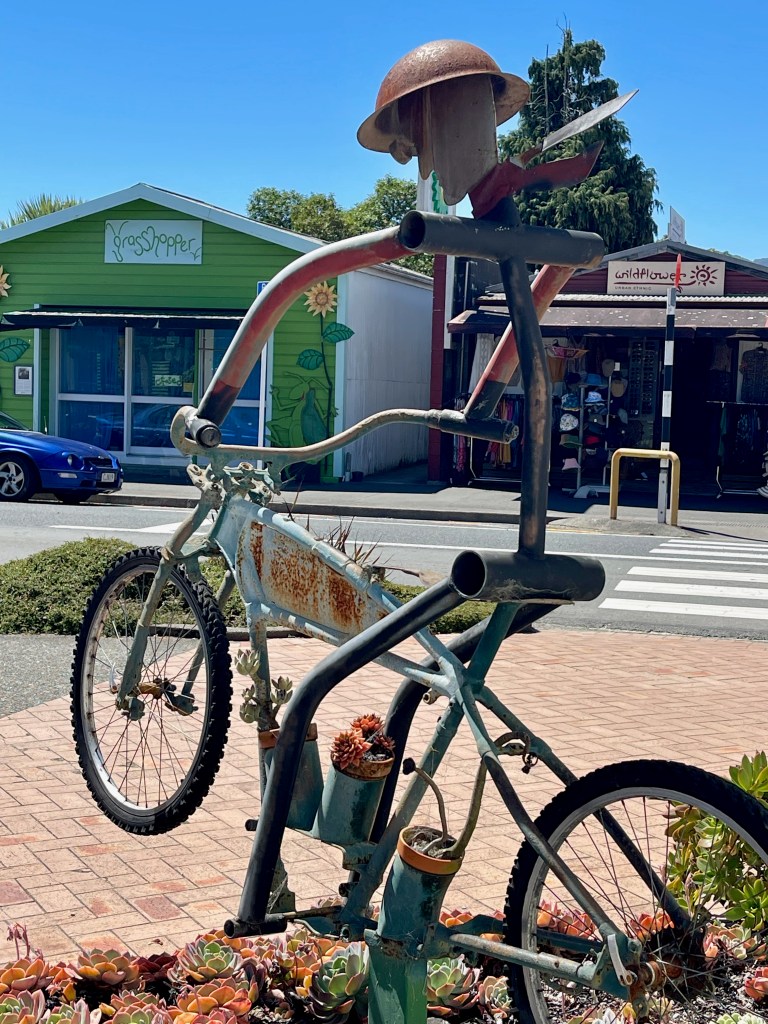


Last time I was here I bought a metal kiwi that was a palaver to get home but still hangs on my wall, this time we browsed the galleries, bought some greenstone for Sarah, and had the road trip lunch of champions out in the sun. You can’t get more Kiwi than a pie and an L&P.

Alpacas
After lunch it was back over the hill to Lower Moutere to spend the afternoon with some friends and their herd of (mostly rescue) alpacas.
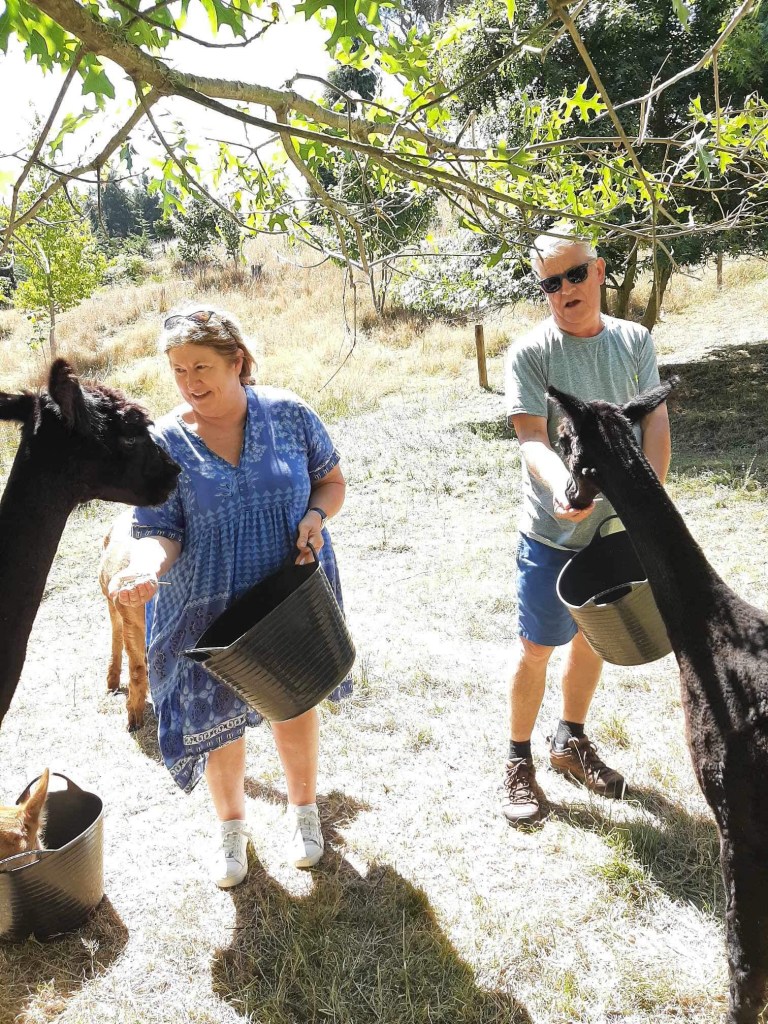
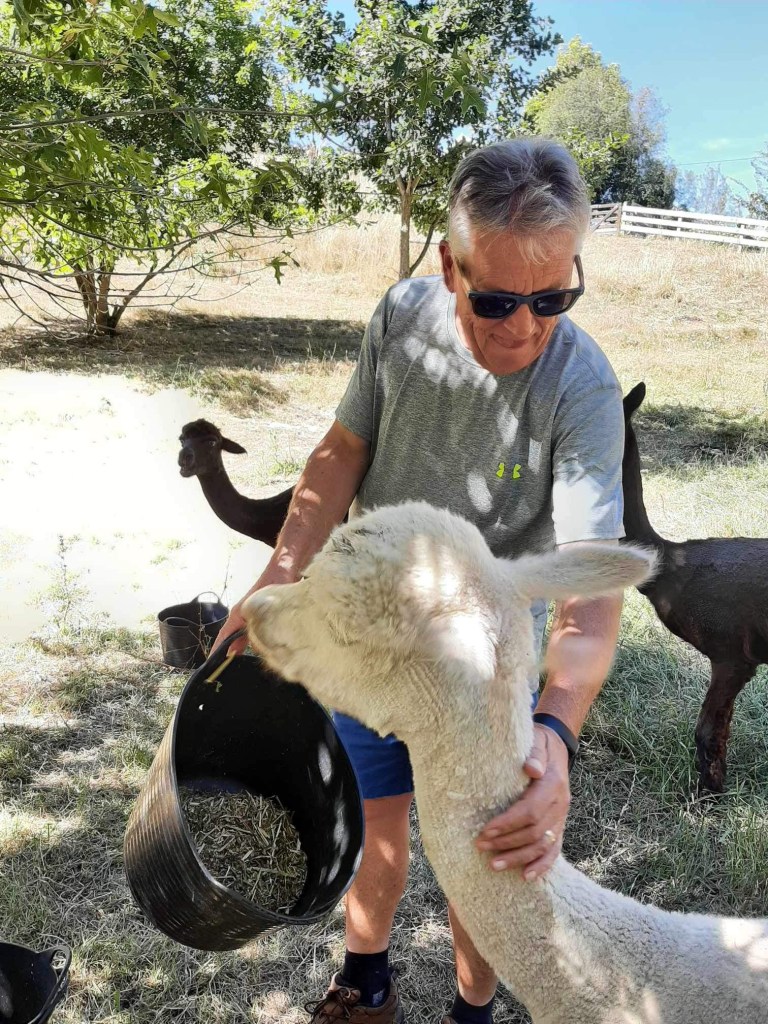
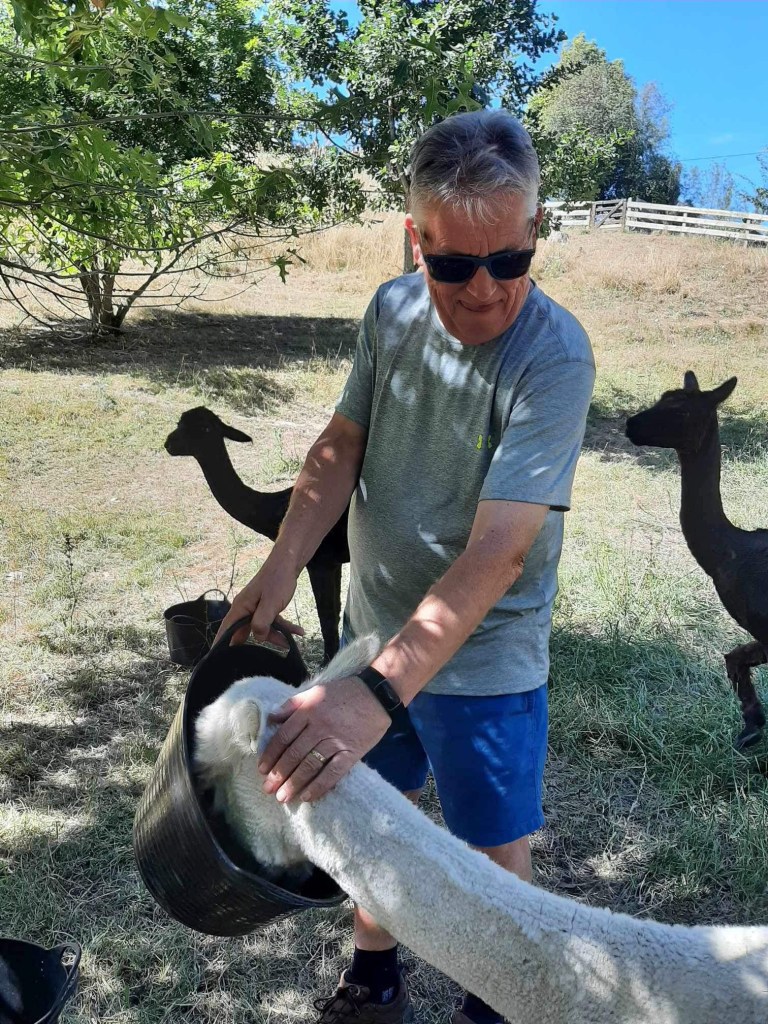

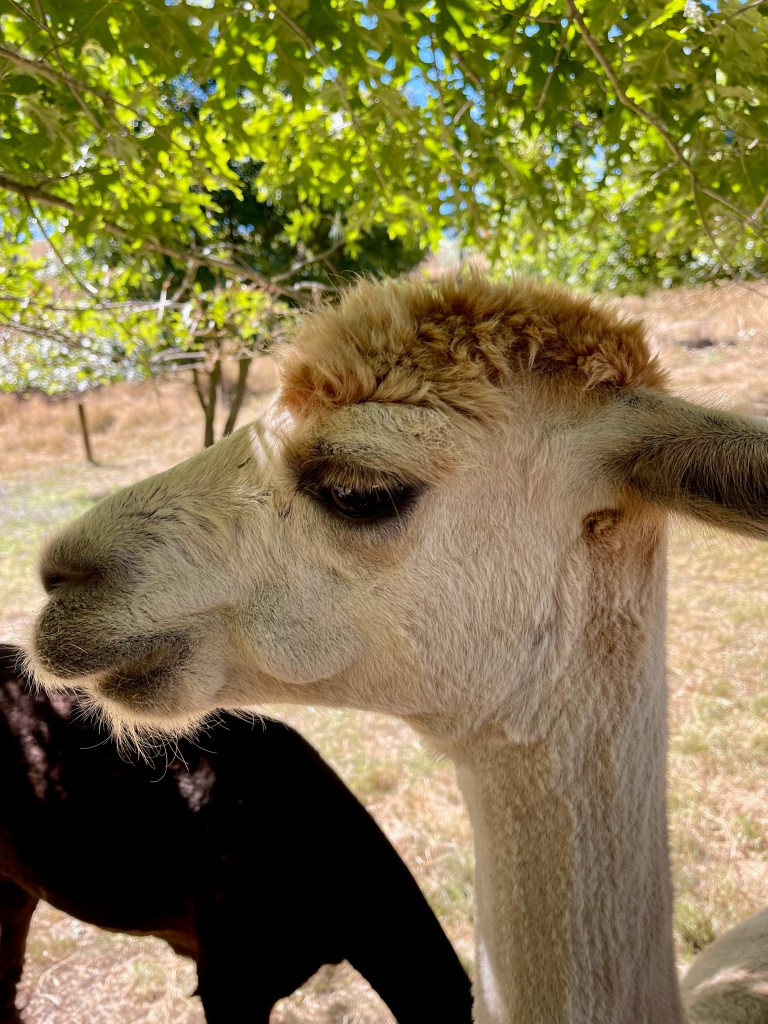
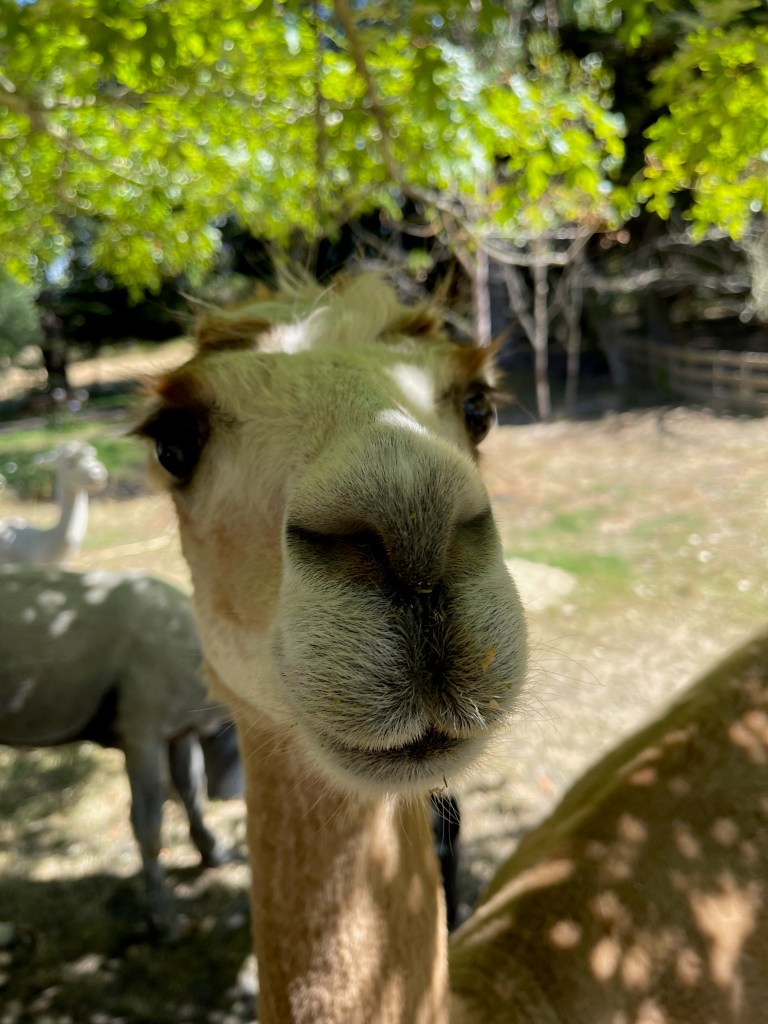
Next time: A cruise in the Abel Tasman National Park …

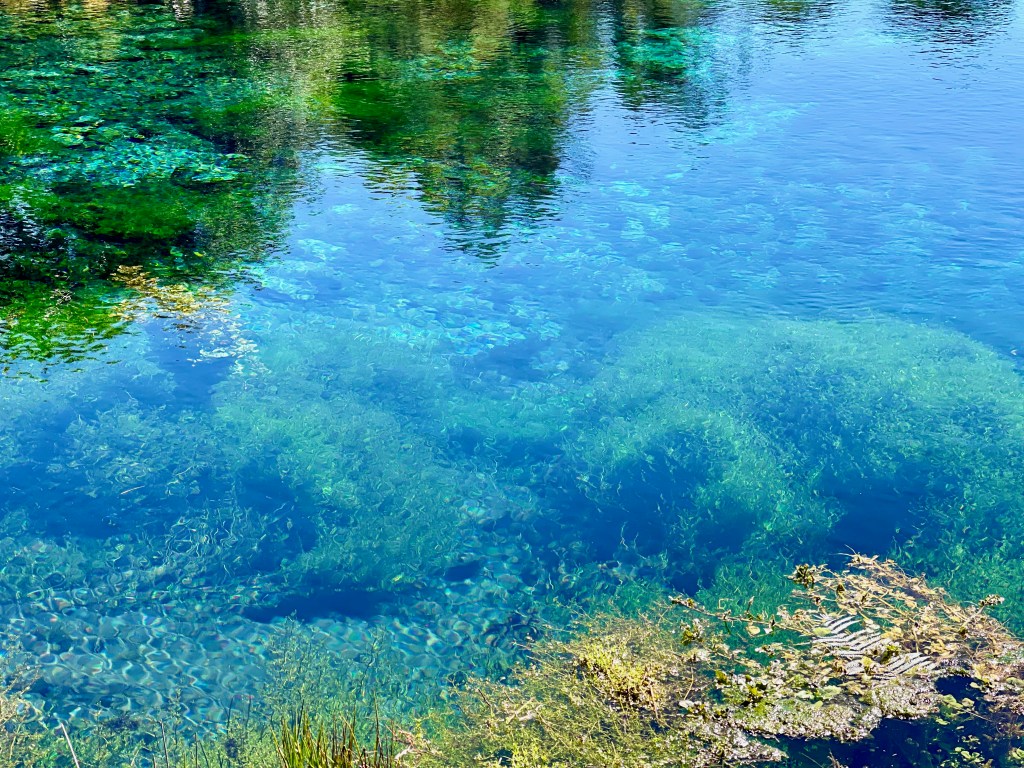





My brother and family live in Takaka, and very involved in the arts community and various other activities. She’s a beautiful place to visit, not sure I would enjoy living there fulltime. Too isolated though I suppose that’s why the locals love it.
It really is isolated – you wouldn’t want to be doing that hill road too often.
My brother tows a horse truck for his daughter over that hill on numerous occasions, dedicated father 😉
#respect
Haha, yep 🙂
Kia ora! A pie and L&P – what could be more kiwi? Looks like you had a wonderful trip.
Oh wow; those views are incredible and I can not get over the color of the water.
It’s incredible.
Amazing views, Jo. And those alpacas are so adorable! I had to look up L & P. 🙂
It’s a very rare day when I have a soft drink – the occasional ginger beer perhaps, but I do quite enjoy L&P when the conditions are right ie sunny day, on a road trip, with a pie
Fantastic photos – the springs look truly stunning. So so beautiful. I will be adding this trip to my wish list of trips to do in NZ.
The alpacas looked very cute and full of character. A beautiful day connecting with nature
Each of the alpacas had their own personality and quirks. I adored them.
I’ve always thought it would be lovely to have a couple in my garden 😂
Looks like a fabulous place to visit! Thanks for bringing us along.
What a beautiful place – the clarity of the water was stunning and the scenery would have been breathtaking IRL I’m sure. One day I’ll get to New Zealand – it’s a bit further for me to get there than your hop across the pond 🙂